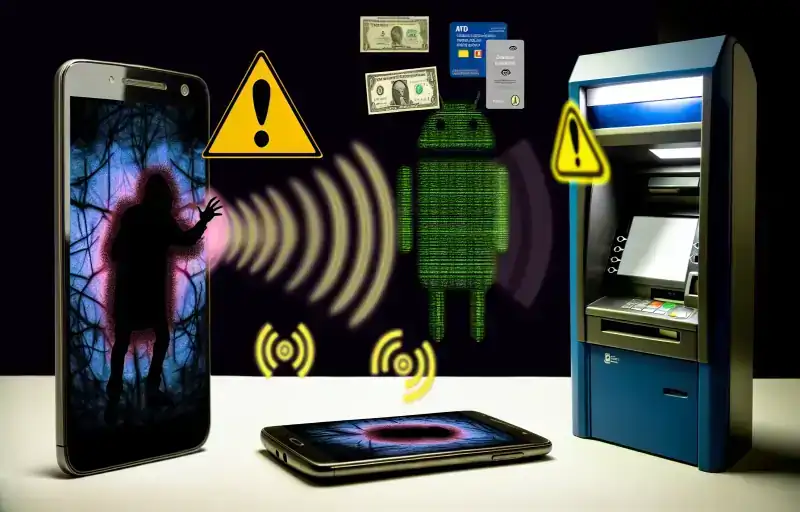
“ESET Exposes Ngate Malware: NFC Exploits Turn Smartphones into ATM Hacking Tools”
ESET Uncovers Ngate Android Malware: Impact on NFC Data and ATM Security
In a startling revelation, cybersecurity firm ESET has uncovered a new strain of Android malware, dubbed Ngate, which poses a significant threat to users who rely on Near Field Communication (NFC) technology for transactions. This discovery highlights a growing trend of cyber threats that specifically target mobile and digital payment systems, raising alarms about the security of seemingly convenient technologies.
Ngate malware exploits the NFC feature on smartphones to facilitate unauthorized ATM withdrawals, marking a sophisticated evolution in the landscape of financial cybercrime. Typically, NFC is used for contactless data exchange between devices, such as tapping a phone to a payment terminal to complete a transaction. However, Ngate turns this convenient feature into a tool for theft.
The operation of Ngate begins with the initial infection, which often occurs through phishing attacks or malicious downloads. Once installed on an Android device, the malware lies dormant until it detects an NFC transaction. At this point, it intercepts the data being transmitted, which includes sensitive payment information. The malware then uses this stolen data to mimic the user’s device and withdraw money from ATMs equipped with NFC readers.
This method of attack is particularly concerning because it does not require the physical theft of a victim’s card or direct access to their bank account details. Instead, it capitalizes on the wireless communication between devices, which many users consider safe and secure. The stealthy nature of Ngate means that users might not even realize their data has been compromised until they notice unauthorized transactions on their accounts.
The implications of such attacks are far-reaching. Not only do they undermine trust in digital and mobile payment systems, but they also highlight significant vulnerabilities in the infrastructure of modern banking. Banks and financial institutions must now grapple with the challenge of bolstering their defenses against digital pickpocketing—a task that is both urgent and complex.
In response to the threat posed by Ngate, cybersecurity experts are calling for enhanced security protocols around NFC technology and more rigorous monitoring systems at ATMs. Consumers are also advised to be more vigilant about the apps they download and the permissions they grant, especially regarding access to NFC functionalities.
This incident serves as a wake-up call for regulatory bodies and technology providers to accelerate the development of standardized security measures that can shield against such sophisticated forms of malware. As we move towards an increasingly cashless society, ensuring the security of digital payment methods is paramount.
The discovery of Ngate by ESET is a reminder of the continuous cat-and-mouse game between cybersecurity professionals and cybercriminals. While technology offers unprecedented convenience and accessibility in managing our finances, it also opens up new avenues for exploitation. This incident underscores the need for constant vigilance and innovation in cybersecurity measures to protect against ever-evolving threats.
As we continue to embrace digital solutions in every aspect of our lives, from shopping to banking, it is crucial that we remain aware of the potential risks and take proactive steps to safeguard our personal information. The battle against malware like Ngate is not just about protecting individual users but preserving the integrity and trustworthiness of our entire financial system.














